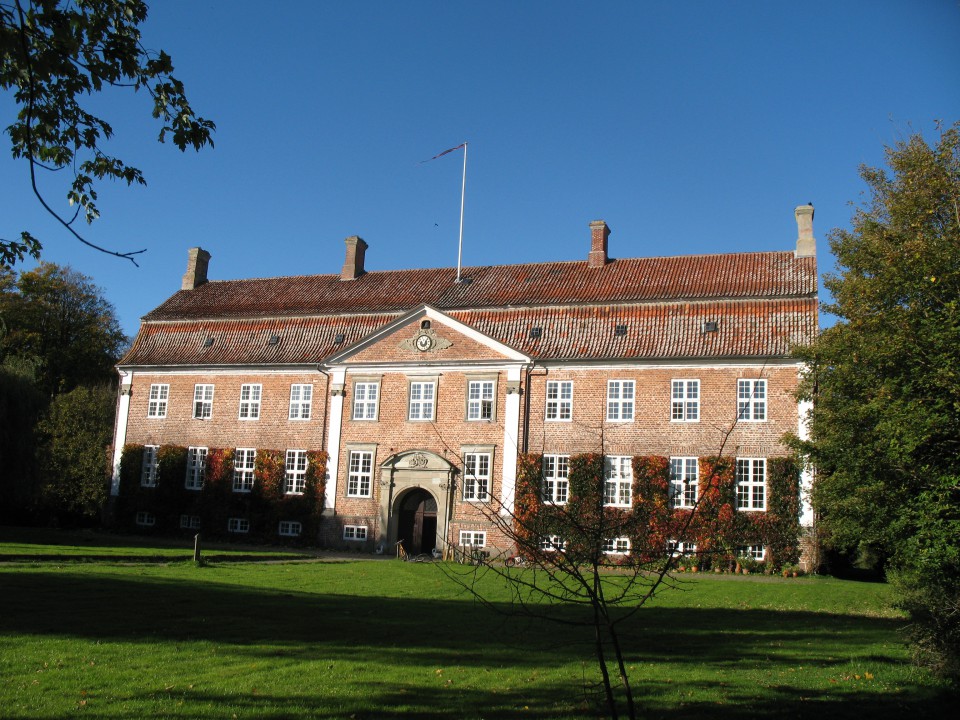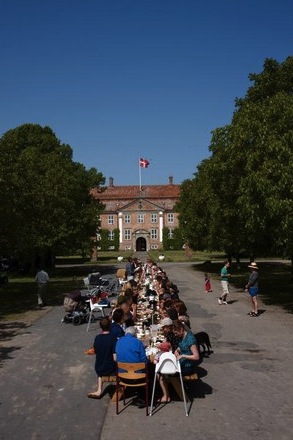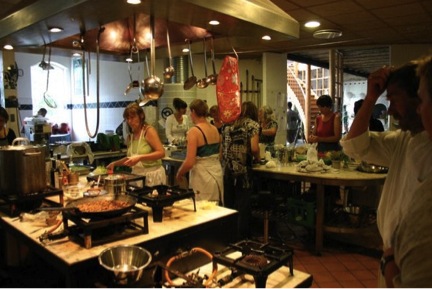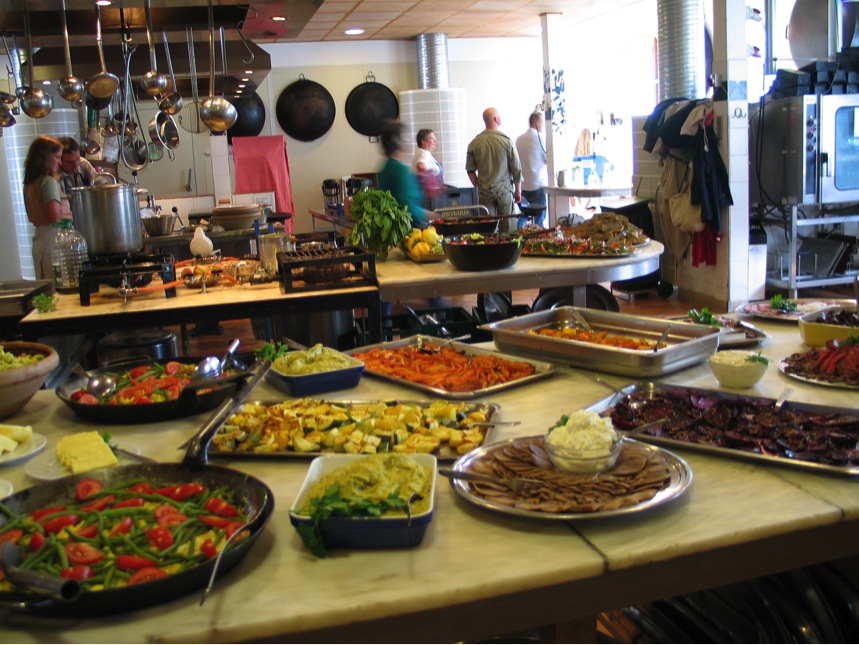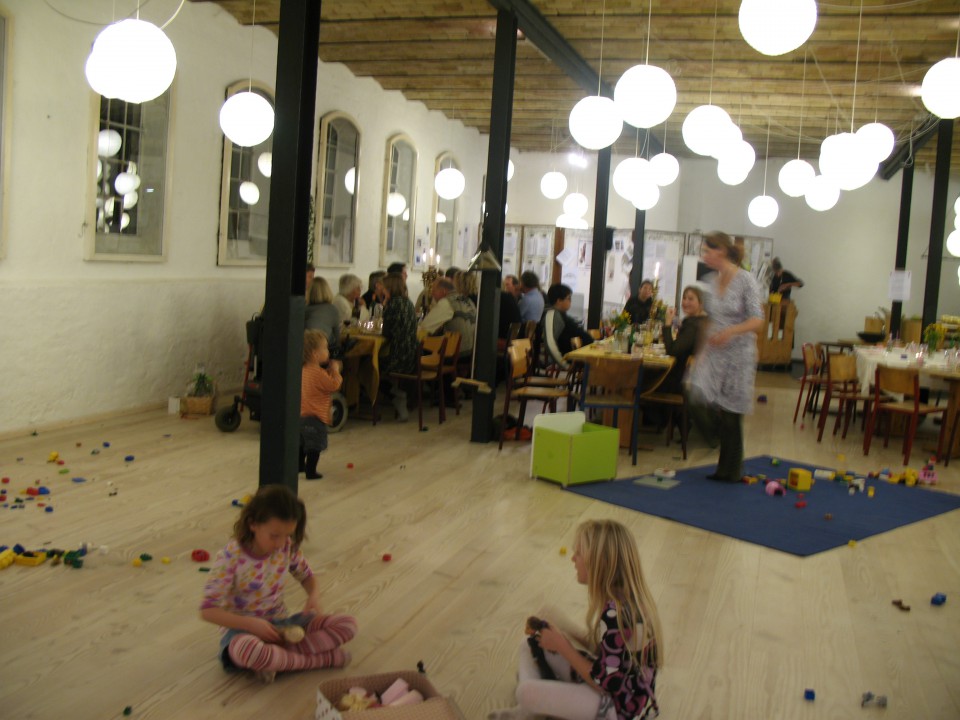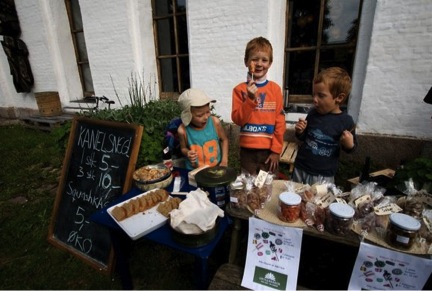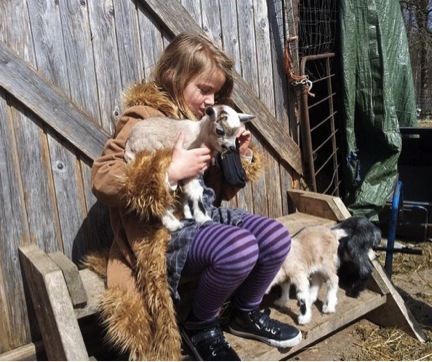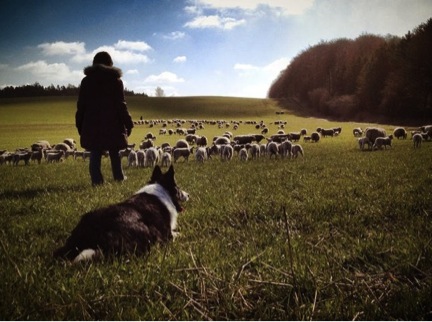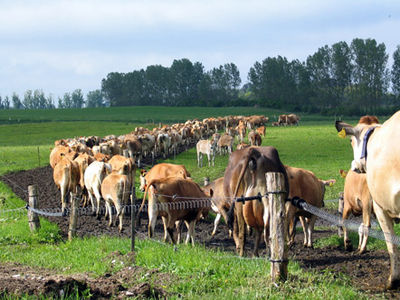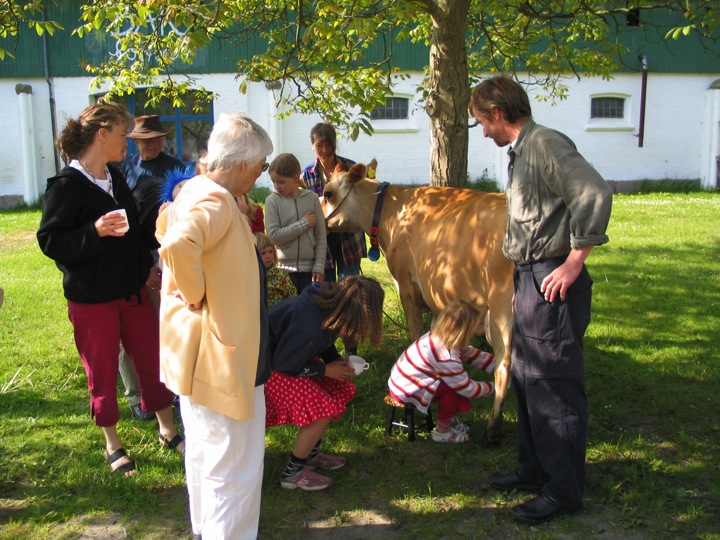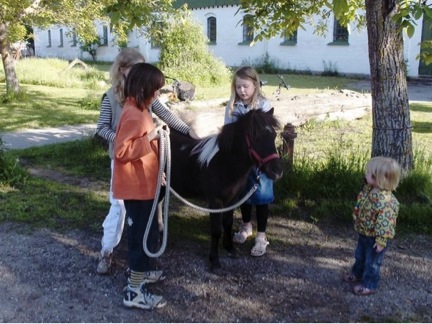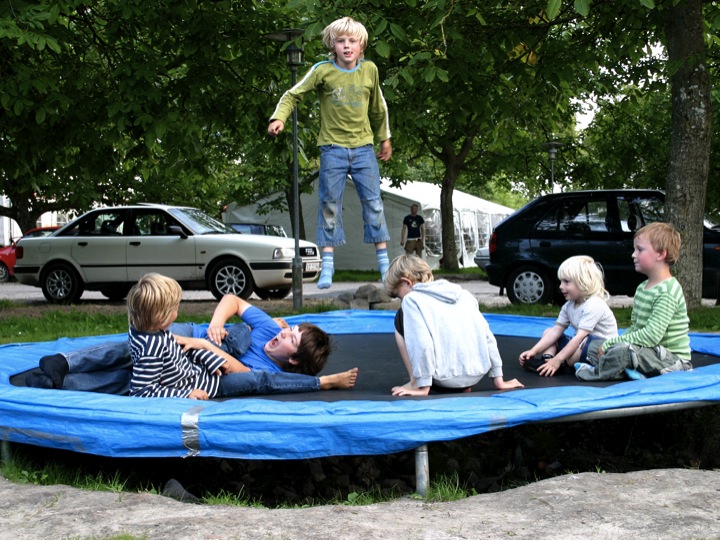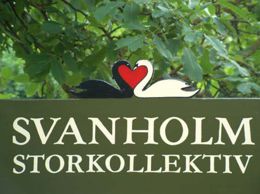Svanholm
Svanholm is a rural Danish community of 85 adults and 56 children.
With nearly half of its 988 acres devoted to organic farming, Svanholm’s farms dwarf those of most ecovillages and its farmers have played a pivotal role in setting Danish—and therefore EU—organic standards.
What most interested me, though, was this commune’s 30-year commitment to income sharing. The vast majority of the back-to-the-land communes of the 60s and 70s failed but this one has flourished. If sharing is the essence of ecovillage life, then surely full-on financial sharing deserves our attention—especially when the community is as prosperous as Svanholm.
One key to Svanholm’s economic and social success is its lengthy entry process that selects for new members who are economically capable and psychologically mature.
Svanholm also places a very high priority on integrating children into the everyday life of the community—in contrast to the norm of children spending most of their time in school and daycare because both parents work outside the home. While children live with their parents, they interact on a daily basis with many other adults and children.
Learn more about Svanholm’s approach to economics and child rearing. [Most photos from Svanholm website.]
Official website: http://www.svanholm.dk/index.php?id=73
Svanholm Photo Gallery http://svanholm.dk/index.php?id=117
